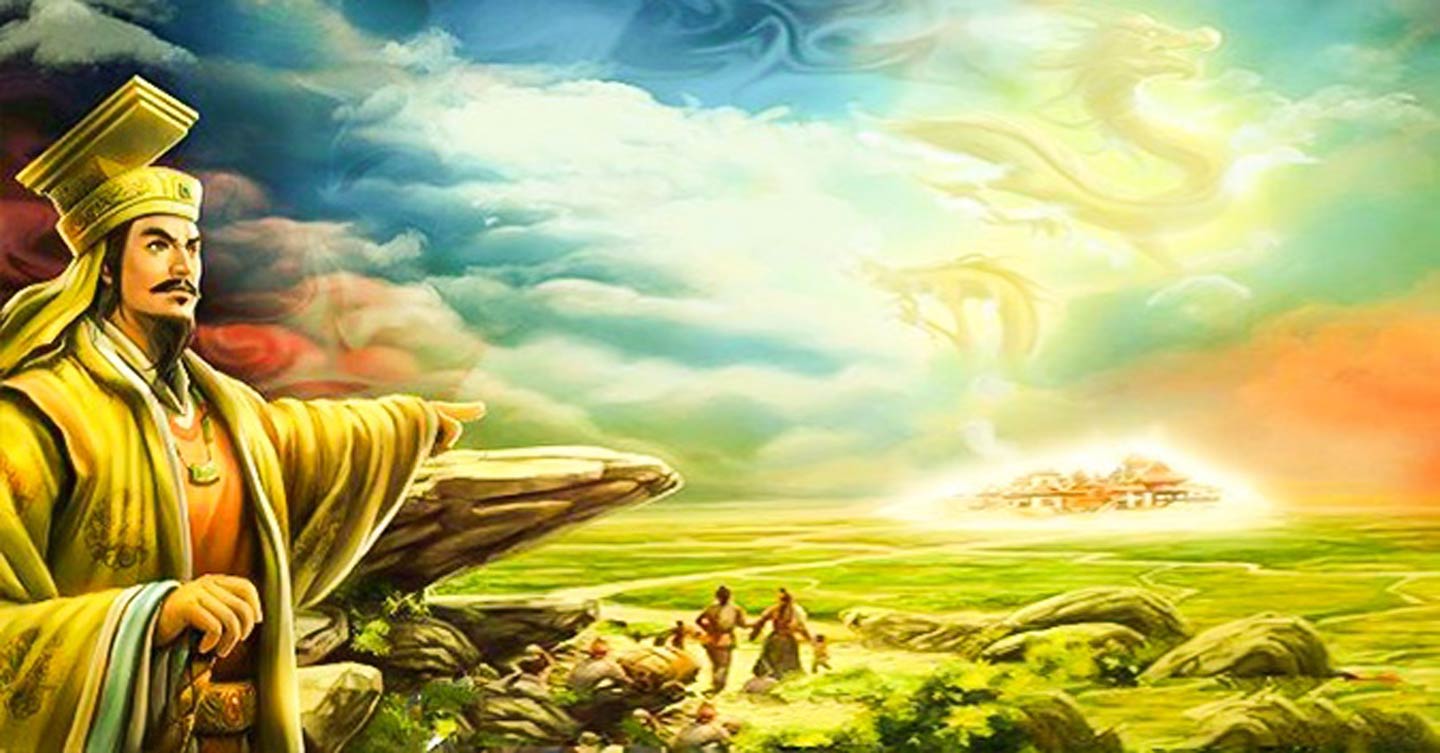Vietnam has a rich and complex history that spans over thousands of years. The country has been inhabited since prehistoric times, and various kingdoms and dynasties have risen and fallen throughout its history.
In the first millennium BCE, the region that is now Vietnam was dominated by the Dong Son culture, known for their bronze drums and advanced agricultural techniques. In the 2nd century BCE, the Chinese conquered the region and ruled for over 1,000 years, during which time Vietnam was heavily influenced by Chinese culture and Confucianism.
During the first millennium BCE, Vietnam was inhabited by various ethnic groups who primarily lived in the northern part of the country. These groups practiced agriculture and had advanced metallurgy skills, producing bronze weapons and tools. They were organized into different tribes and chiefdoms, and traded with neighboring regions such as China.
Around the 3rd century BCE, a kingdom called Au Lac emerged in the Red River Delta, ruled by King An Duong Vuong. The kingdom was later conquered by the Chinese Han dynasty in 111 BCE and became a Chinese province for more than a thousand years.
During the 1st millennium BCE, the Cham people, who were part of the Austronesian language family, arrived in what is now central Vietnam. They established the Champa kingdom, which flourished from the 2nd to the 15th century CE, and had strong influences from Indian culture and Hinduism.
In the south, the Funan and Chenla kingdoms emerged around the 1st century CE, with influences from Indian traders. These kingdoms were later replaced by the Khmer Empire in the 9th century, which lasted until the 15th century.
Overall, the first millennium BCE in Vietnam was characterized by the emergence of early kingdoms and the influence of neighboring regions such as China and India.
In the 10th century CE, Vietnam was under the rule of the Early Lê Dynasty. This dynasty was founded by Lê Hoàn after he overthrew the previous regime in a military coup. During this time, Vietnam continued to develop and expand its territory, with the Lê dynasty seeing significant growth in culture, economy, and trade.
One of the most notable achievements of the Early Lê dynasty was the construction of the Thăng Long Citadel, which was built in the capital city of Hanoi in 1010 CE. This impressive structure was a symbol of the dynasty's power and authority and served as the political and cultural center of Vietnam for centuries.
The Early Lê dynasty was also known for its promotion of Confucianism, which became the dominant philosophy and social structure of Vietnam during this time. The dynasty established the Imperial Academy, which served as the country's first national university and was dedicated to the study and promotion of Confucianism.
Additionally, the Early Lê dynasty expanded Vietnam's diplomatic relations with neighboring countries, including China and Japan, and established a strong trade network with other Southeast Asian nations. This period in Vietnam's history laid the foundation for its future growth and prosperity as a thriving nation in the region.
The Ly dynasty (1009-1225 CE) was one of the most important dynasties in Vietnamese history. It was founded by Ly Thai To, who became the first emperor of the dynasty. During the Ly dynasty, Vietnam experienced significant political, economic, and cultural developments.
Under the Ly dynasty, the Vietnamese state became more centralized and efficient, with a well-organized bureaucracy and a strong military. The emperor's authority was strengthened by the establishment of a Confucian-based examination system to select talented officials. The economy also grew and diversified, with advances in agriculture, handicrafts, and trade.
The Ly dynasty was also a period of great cultural flowering, with significant achievements in literature, art, and architecture. The Ly dynasty is particularly renowned for its poetry, which is considered one of the highest achievements of Vietnamese literature. The dynasty also left behind many notable architectural and artistic works, including the famous One Pillar Pagoda in Hanoi.
Overall, the Ly dynasty played a critical role in the development of Vietnamese identity and culture, laying the foundations for the country's later successes.
After the Ly Dynasty, Vietnam went through a period of political turmoil and fragmentation, known as the Era of the Northern and Southern Dynasties. During this time, the country was divided into multiple smaller states, each ruled by different dynasties.
In the early 15th century, a national hero named Le Loi led a rebellion against the Chinese Ming Dynasty, which had been ruling Vietnam for over two decades. Le Loi succeeded in driving out the Chinese, and in 1428, he established the Le Dynasty, which lasted until 1788.
Under the Le Dynasty, Vietnam experienced a period of relative stability and prosperity. The arts and culture flourished, and the country made significant advances in agriculture, industry, and trade. However, the dynasty also faced several challenges, including invasions by neighboring countries, internal conflicts, and corruption among the ruling class.
In the late 18th century, the Le Dynasty began to decline, and in 1788, it was overthrown by a group of Tay Son rebels. The Tay Son Dynasty ruled Vietnam for a brief period before being replaced by the Nguyen Dynasty in 1802.
In the 19th century, Vietnam was colonized by the French, and the country became part of French Indochina. Vietnamese nationalist movements arose during this period, culminating in the August Revolution of 1945, which established the Democratic Republic of Vietnam.
However, Vietnam was soon plunged into war, first against the French and then against the United States, which supported a government in South Vietnam. The war lasted for over 20 years. The war ended with the fall of Saigon in 1975, and Vietnam was reunified.
Since then, Vietnam has undergone significant economic and social reforms, and has emerged as one of the fastest-growing economies in Southeast Asia. Today, Vietnam is a vibrant and diverse country, with a rich cultural heritage and a rapidly growing tourism industry.



